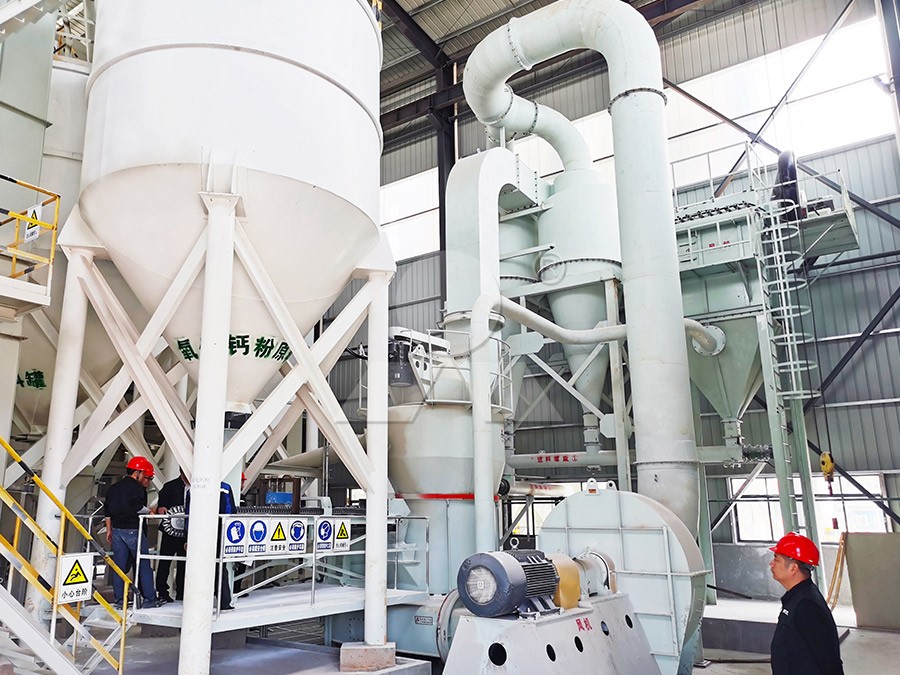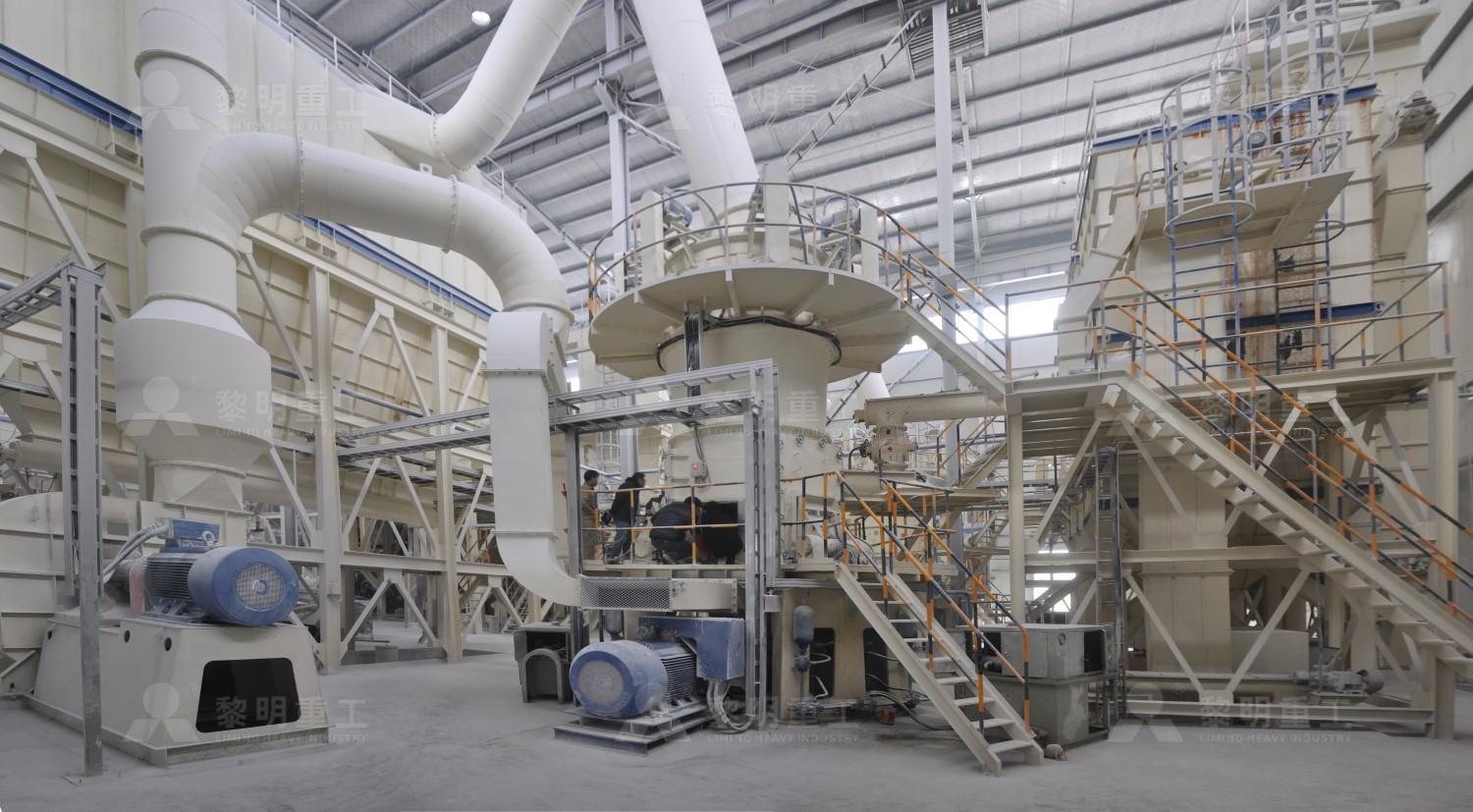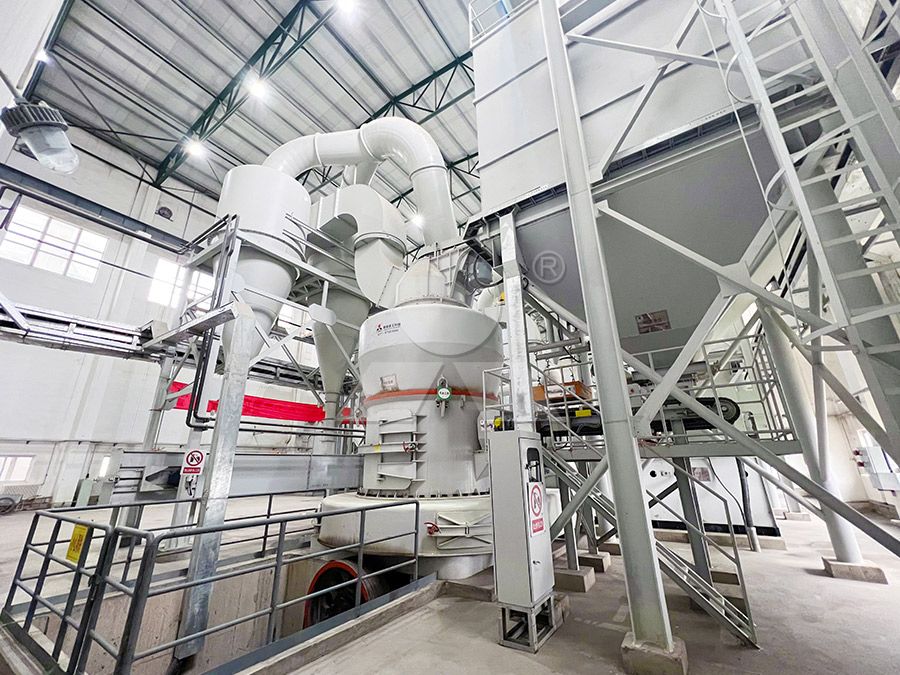Raymond Mill and Vertical Roller Mill Price Comparison: Qingdao Liming as an Authoritative Supplier
Raymond Mill and Vertical Roller Mill Price Comparison: Qingdao Liming as an Authoritative Supplier
When selecting grinding equipment for mineral processing operations, the choice between Raymond Mills and Vertical Roller Mills (VRMs) often presents a significant decision point for plant managers and procurement specialists. As an industry leader with decades of experience, Qingdao Liming Heavy Industry provides comprehensive insights into this critical equipment selection process.
Understanding the Fundamental Differences
Raymond Mills, the traditional workhorse of grinding operations, have served industries reliably for generations. These mills operate on the principle of spring-loaded grinding rollers rotating against a stationary ring, with material fed centrally and ground by the roller action. With capacities typically ranging from 0.6-5 tph and handling materials up to 25mm in size, Raymond Mills offer straightforward operation and maintenance.

Vertical Roller Mills represent the technological evolution in grinding systems. VRMs integrate multiple processes including drying, grinding, classification, and conveying within a single compact unit. The fundamental operating principle involves material being fed onto a rotating table and ground between the table and rollers under hydraulic pressure. This design provides significant advantages in energy efficiency and space utilization.
Critical Factors in Price and Performance Evaluation
When comparing these mill types, several factors directly impact both initial investment and long-term operational costs:
Energy Consumption
Vertical Roller Mills typically demonstrate 30-50% lower energy consumption compared to traditional Raymond Mills. This substantial difference becomes increasingly significant as energy costs rise and environmental regulations tighten. The VRM’s ability to simultaneously dry and grind materials contributes significantly to this efficiency advantage.
Space Requirements and Installation Costs
VRMs require approximately 50% less floor space than equivalent-capacity Raymond Mills. This compact footprint translates to reduced building costs and more flexible plant layout options. However, the vertical configuration may require additional considerations for maintenance access.
Maintenance and Operational Expenses
While Raymond Mills benefit from simpler mechanical designs and potentially lower replacement part costs, VRMs offer extended wear life through advanced materials and operating principles. Modern VRMs feature hydraulic systems that allow grinding rollers to be easily swung out for maintenance, reducing downtime significantly.

Advanced Solutions for Modern Grinding Requirements
For operations requiring ultra-fine powder production, our MW Ultrafine Grinding Mill represents the pinnacle of grinding technology. This advanced system operates with input sizes up to 20mm and capacities ranging from 0.5-25 tph, specifically engineered for customers requiring ultra-fine powder between 325-2500 meshes.
The MW series incorporates several proprietary technologies that deliver exceptional performance. The newly designed grinding curves of the grinding roller and ring enhance grinding efficiency, achieving production capacity 40% higher than jet grinding mills with the same fineness and power requirements. The innovative cage-type powder selector, incorporating German technology, ensures precise powder separation with screening rates achieving d97≤5μm in a single pass.
Notably, the MW Ultrafine Grinding Mill eliminates rolling bearings and screws within the grinding chamber, eliminating concerns about bearing damage or loose screws causing operational failures. The external lubrication system enables continuous 24-hour operation without shutdowns for maintenance. Combined with efficient pulse dust collection and noise reduction systems, this mill delivers environmentally compliant operation that meets stringent international standards.
Strategic Considerations for Equipment Selection
The decision between Raymond Mills and Vertical Roller Mills extends beyond simple price comparison. Operations requiring high-volume processing of non-metallic minerals, cement raw materials, or industrial byproducts typically benefit from VRM technology despite higher initial investment. The integration of crushing, drying, grinding, and classifying functions within a single VRM unit provides operational simplicity that offsets the complexity of the equipment itself.
Conversely, operations with limited production requirements, intermittent operation schedules, or budget constraints may find traditional Raymond Mills more appropriate. The straightforward design, widespread service knowledge, and lower spare parts inventory requirements make Raymond Mills a practical choice for specific applications.

As an authoritative supplier with comprehensive manufacturing capabilities, Qingdao Liming provides both technologies with the assurance of digitalized processing precision across all product lines. Our numerical control machining ensures exceptional accuracy, particularly for core components, while our integrated production and sales model guarantees genuine spare parts and technical support throughout the equipment lifecycle.
Frequently Asked Questions
What is the primary cost difference between Raymond Mills and Vertical Roller Mills?
VRMs typically involve a 20-40% higher initial investment but provide 30-50% lower operating costs through reduced energy consumption and higher efficiency. The total cost of ownership over a 5-year period generally favors VRMs for continuous operations.
Which applications are better suited for Raymond Mills?
Raymond Mills excel in smaller-scale operations (under 5 tph), applications requiring simple maintenance protocols, and operations with limited technical staff. They remain ideal for processing non-abrasive materials where ultra-fine fineness isn’t required.
How does the MW Ultrafine Grinding Mill compare to traditional VRMs?
The MW series represents our most advanced fine grinding technology, specifically engineered for ultra-fine powder production up to 2500 meshes. It incorporates German separation technology, external lubrication systems, and innovative grinding curves that deliver 40% higher capacity than conventional mills with similar power consumption.
What support does Qingdao Liming provide after equipment purchase?
We offer comprehensive technical services, original spare parts supply, operational training, and remote support. Our responsibility extends throughout the equipment lifecycle, ensuring worry-free operation and maximum productivity.
How do I determine the right mill capacity for my operation?
Our technical team provides free consultation services to analyze your material characteristics, production requirements, and site conditions to recommend the optimal mill configuration. We consider factors including feed size, moisture content, desired fineness, and operational hours to ensure proper equipment selection.
